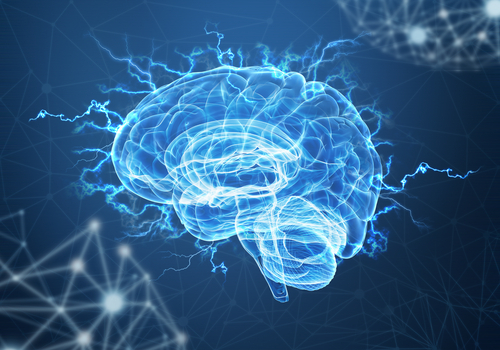New Technique Uses Beacon-like Signal to Treat Motor Impairments in Parkinson’s Mice

A new method called DART ensures a compound injected into a region of the brain will affect only specific cell types. This approach was able to reverse Parkinson’s-related motor impairments in mice, and may hold the potential to provide more effective treatments.
Although current research techniques such as gene editing and pharmacology provide detailed information of how specific genes or compounds affect brain cells, they are not able to reveal distinctive responses among diverse cell types.
Aiming to address this gap, Michael Tadross, MD, PhD, a biomedical engineer at Duke University, and his team have developed DART — Drugs Acutely Restricted by Tethering.
This method works by genetically programming a cell type to express a sort of GPS beacon — a cell surface receptor protein called HaloTag. This beacon — an enzyme derived from bacteria that is inert — then attracts compounds loaded into the brain “attached” to a special molecule that binds to HaloTag.
This delivery approach, which was previously published in the journal Science, enables researchers to use concentrations of therapeutic molecules that do not affect other cell types.
The DART method is being used to better understand the root causes of Parkinson’s disease. This disorder is characterized by progressive loss of dopamine-producing neurons that connect two key brain regions involved in movement control — the substantia nigra and the striatum. As a result, lower levels of dopamine in the striatum lead to Parkinson’s motor symptoms. Most current treatment strategies aim to restore dopamine levels.
Another brain alteration found in Parkinson’s patients is an increased strength of the sites of neuronal communication (called synapses) between neurons that express AMPA receptors, the most common type of receptor mediating excitatory nerve transmission in the brain.
Join the Parkinson’s forums: an online community for people with Parkinson’s Disease and their caregivers.
Tadross and his team induced the death of dopamine-producing neurons in the striatum of mice, which led to Parkinson’s-related motor impairments. The team also engineered AMPA-expressing cells to produce the HaloTag protein.
Treating mice with a common AMPA receptor blocker bound to the HaloTag ligand reversed motor changes, enabling mice to move normally.
Overall, besides providing new insights into how the brain works, the findings suggest that designing effective treatments for Parkinson’s and other neuropsychiatric diseases may require better understanding of the relationship between specific types of cells and symptoms for more precise therapies.
“The approach may provide a platform whereby the mechanism of action for widely prescribed drugs can be examined with cellular specificity in animal models of several disorders,” researchers wrote.
“Such studies could inform new translational strategies by advancing nonobvious drug combinations, or by providing a road map for the design of bivalent therapeutics [that can simultaneously bind to two different targets],” they concluded.
Recently, Tadross received a $2.4 million National Institutes of Health (NIH) Director’s New Innovator Award, as part of its High-Risk, High Reward Research program. With this five-year award, Tadross will also use DART to study the molecular basis of addiction. Dopamine-producing neurons in mice will be targeted in an effort to have more knowledge about addiction and recovery.
“This program supports exceptionally innovative researchers who have the potential to transform the biomedical field,” NIH Director Francis S. Collins, MD, PhD, said in a press release.






